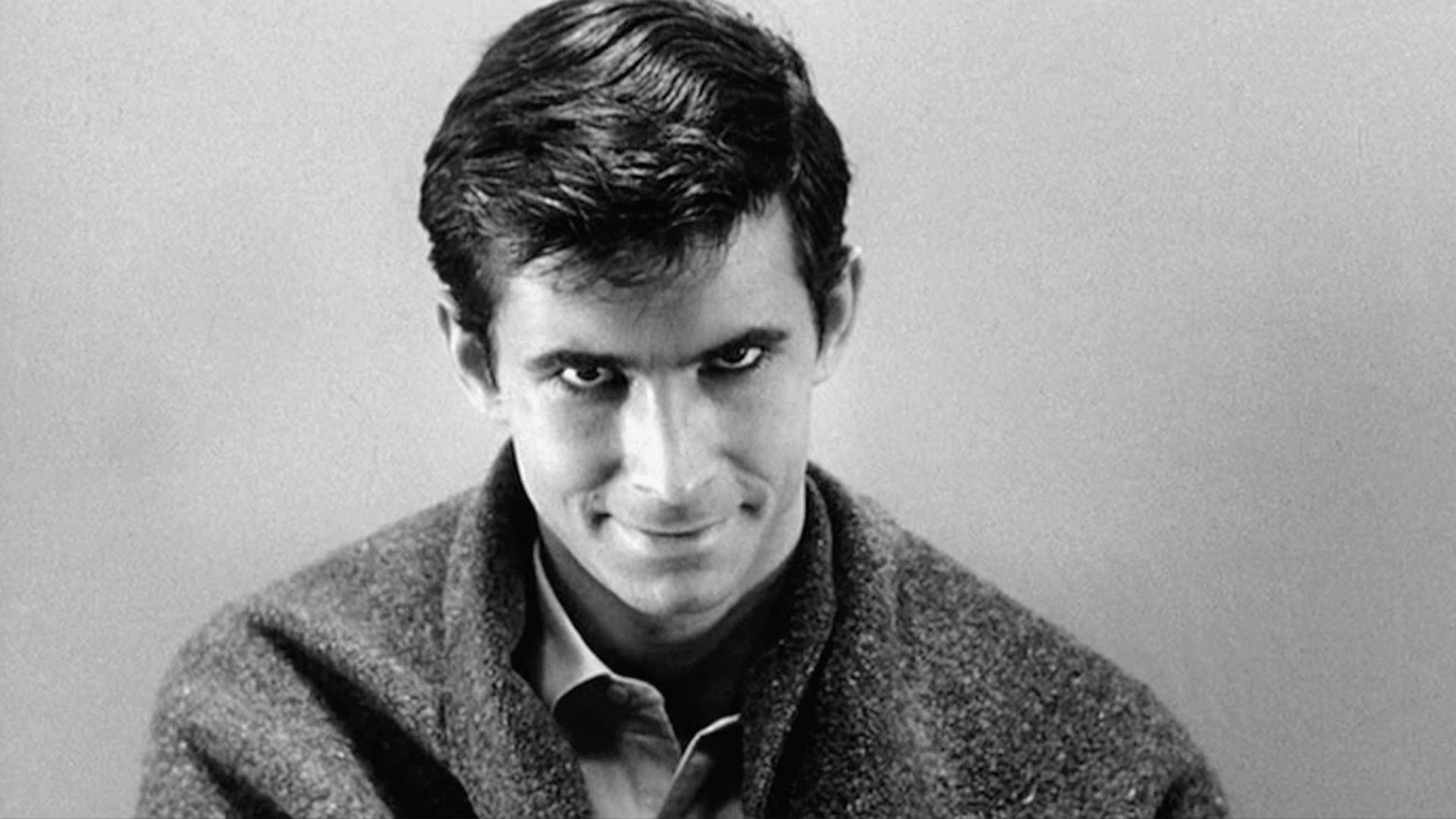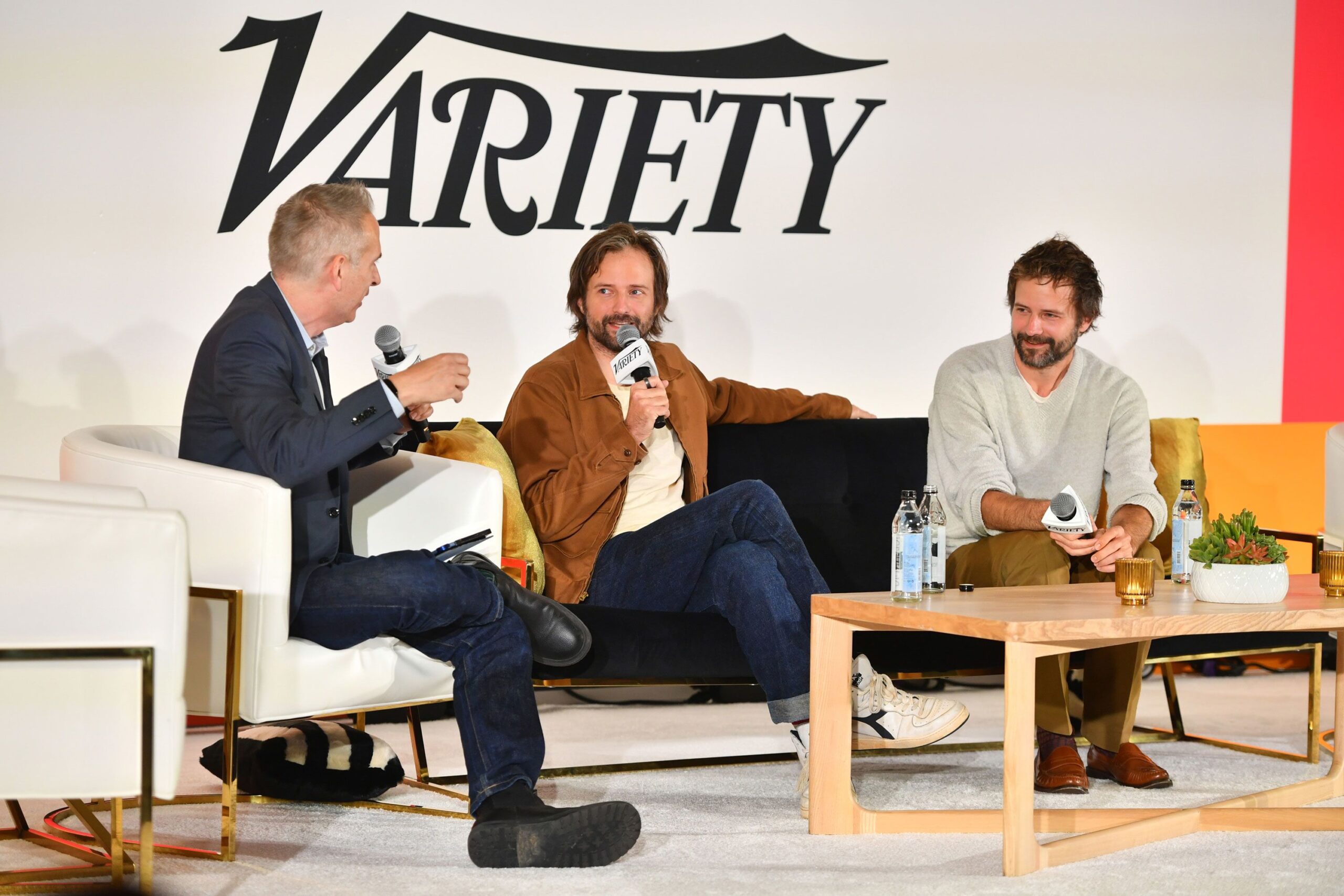In the annals of film, there are few instances as easily identifiable and deeply impactful as the sharp, intense violin notes that underscore the notorious shower sequence in Psycho. Crafted by Bernard Herrmann, this composition transcended just being a soundtrack — it evolved into a crucial element of the psychological horror that captivated viewers and significantly influenced the methods directors use to create suspense.
Prior to Psycho, movie soundtracks usually operated in a discreet manner, supporting mood or emotion without being conspicuous. Herrmann’s method was drastically distinct. He employed piercing string instruments, bold rhythms, and minimal changes in melody, which disrupted norms and transformed how music could influence the audience’s emotional perception. The score did more than just accompany the terror — it intensified it, made it unavoidable, and ensured its lasting impact in the history of cinema.
One of the most innovative elements of Herrmann’s composition was its exclusive reliance on string instruments. At a time when numerous composers chose full orchestras to express majesty or sentiment, Herrmann decided to use a smaller group of musicians. The outcome was intense, stark, and disconcerting — an auditory environment that perfectly reflected the psychological disintegration taking place on screen. This creative choice was not only economical but also artistically groundbreaking. Constraints turned into a basis for creativity.
The infamous “shower scene,” in particular, owes much of its impact to Herrmann’s score. Without it, the visuals — shocking as they were for the time — might not have delivered the same visceral jolt. Director Alfred Hitchcock initially planned to present the scene without music. However, after hearing Herrmann’s composition, he changed course. The piercing strings punctuated each slash of the knife with alarming urgency, etching the sound into the cultural consciousness. To this day, that screeching motif remains synonymous with danger and surprise.
What contributes to the timelessness of Psycho’s music is not merely its connection to horror. It’s the method in which it established a model for creating and maintaining suspense. Creators from various genres have found inspiration in Herrmann’s methods. The notion that music can transcend merely complementing a scene — that it can evolve into a character itself — originates in Herrmann’s artistry.
Current suspense and horror movies are indebted to Psycho. The unexpected jumps in today’s films, the built-up tension before a reveal, the abrupt silences leading to dramatic noise — these elements of film suspense frequently originate from Herrmann’s creations. Filmmakers and composers consistently cite Psycho as a benchmark in creating tension, both as a tribute and a base for creating fresh stories.
Herrmann’s influence extended far beyond Psycho. His collaborations with Hitchcock on films like Vertigo and North by Northwest also showcased his knack for weaving music into the psychological fabric of a story. However, it was Psycho that pushed the boundaries the furthest. The score’s daring and minimalism opened the door for experimentation in film composition, particularly in genres that rely heavily on atmosphere.
Moreover, Herrmann’s work shifted the role of the film composer. It wasn’t just about crafting melodies; it was about creating mood, tension, and even narrative layers. Music became a tool for subtext. In scenes where dialogue fell silent, scores like Herrmann’s filled the gap, guiding audience emotions and often adding a level of complexity to the characters’ inner lives.
As the decades have passed, new generations of composers — from John Williams to Hans Zimmer — have acknowledged Herrmann’s legacy. His influence is evident not just in horror but in science fiction, thrillers, dramas, and even animation. The psychological edge his music brought to Psycho has become a benchmark for storytelling through sound.
Outside the realm of cinema, the score of Psycho has infiltrated mainstream culture. It has been humorously imitated, mentioned, and altered numerous times. From TV advertisements to seasonal Halloween soundtracks, those sharp violins are instantly recognizable, frequently serving as a symbol for tension or looming danger. It’s uncommon for any music cue to achieve such widespread recognition, yet the Psycho score accomplished this with a minimalist orchestra.
The enduring significance of Herrmann’s score reflects its genius. It not only added to Psycho — it completely altered it. In numerous aspects, envisioning the movie with a similar enduring influence without the soundtrack is challenging. This highlights the crucial role sound plays in defining a story and steering viewer interpretation.
Today, whether in film school classrooms or professional editing suites, Psycho’s music is still studied, dissected, and referenced. It remains a powerful lesson in how to manipulate tension, emotion, and psychological intensity through auditory design. For anyone working in visual storytelling, it offers a blueprint on how to wield music not just as a decorative element but as a narrative force.
While revolutionizing the potential of a movie soundtrack, Bernard Herrmann went beyond merely enhancing a tale — he transformed a whole genre. His composition for Psycho was groundbreaking, and through his innovation, he permanently changed the interaction between music and film. Today, over sixty years on, his score is still a standard — an eternal testament to the power of sound to evoke unforgettable emotions in viewers.





